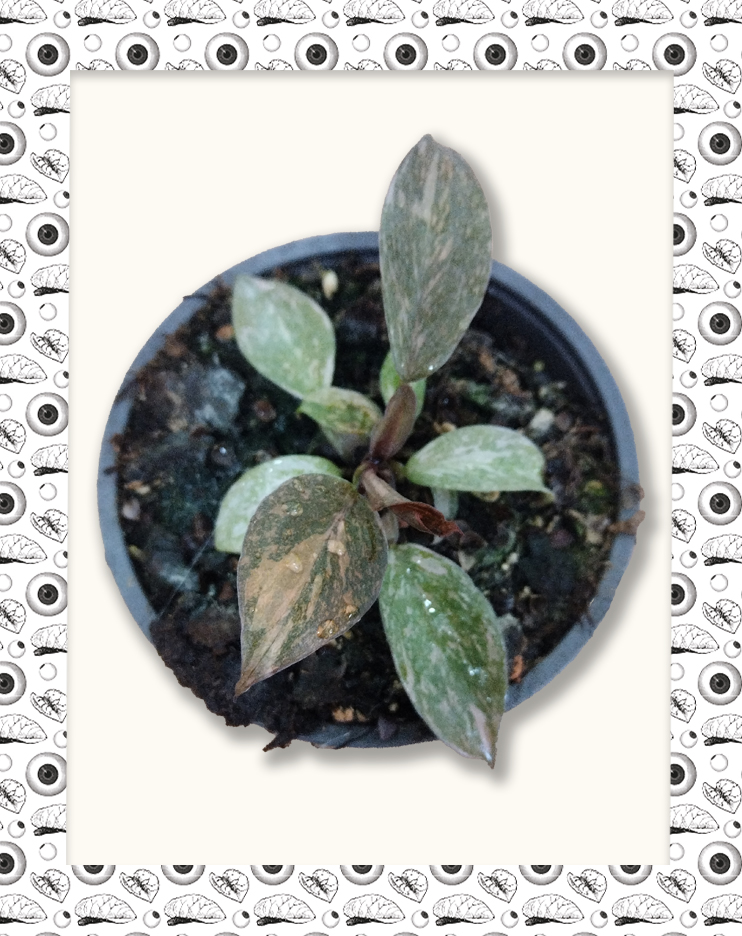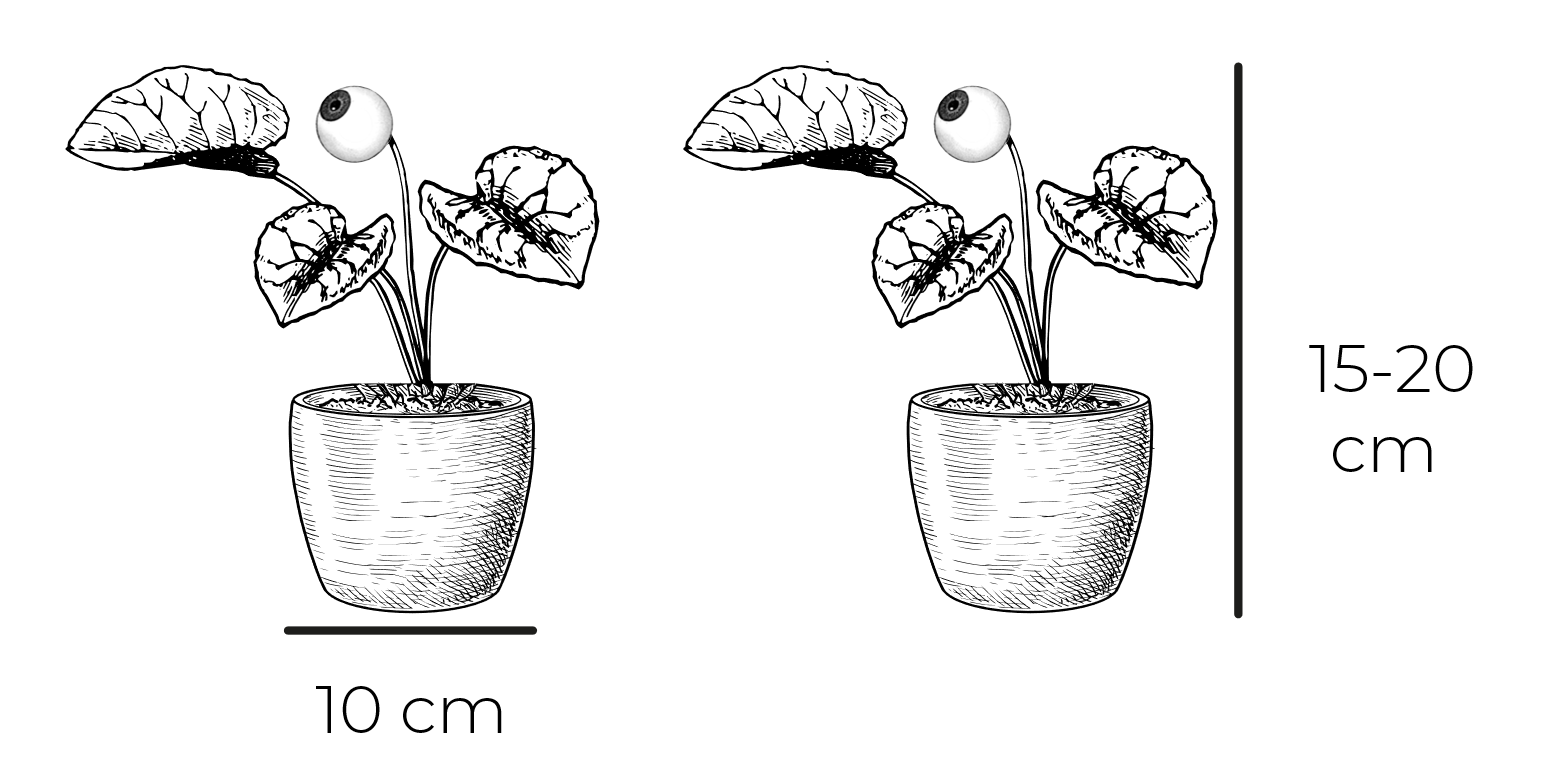





Little jewel of each collector, Philodendron Pink Princess has covered our Instagram feed since several years now. The pink variegations on its dark leaves or a true excitement to watch at each new growth !
 Can handle moderate brightness
Can handle moderate brightness
 High need in humidity
High need in humidity
 Baby plant
Baby plant
 Killing it would be remarkable
Killing it would be remarkable
DESCRIPTION
Origin : Philodendron Erubescens (its original variety) comes from South-American rainforests.
Personality : Killing it would be a master move.
Earmark : Dark green leaves with pink variegations.
Say something smart : Nobody is able to precisely state where the Pink Princess stems from. Last resources point to an unintentional cross between 2 other Philodendrons, in 1970 in Florida. A (very) happy surprise.
CARE
Which container?
A planter usually looks nice, but we recommend not to plant your new baby directly in one.
Leave it in its current pot until Spring, then ideally transfer it into a terracota pot with little drain holes when it looks cramped.
Finding its place
Brightness : Good level of brightness, as close as possible from a window but no direct sun.
Avoid letting it feel draughts near the windows and take it away from heating sources.
Humidity : 60 % or more.
Tip : Spray its leaves with water (ideally rain-water) once a week.
Tip 2 : Place some wet clay pebbles under the pot, so they keep diffusing humidity.
Temperature : Min : 15°C | Max : 30°C | Ideal : 20-22°C
Day-to-day care
Watering (purely indicative, depends on your local environment): once a week in Spring/Summer, and once every 10 days in Autumn and Winter.
Tip : Put your knuckle in the ground. If it feels totally dry, add some water to keep the soil wet (but not soaking it).
Fertilizer : Once every other week, from April to October
Taking care of the variegations: as a reason for us to adopt them, we wish for our variegated plants to be as pink as possible. A maximum brightness is key in succeeding with it. However, a fully white pink is not going to help with photosynthesis, making them more fragile. To keep a healthy balance, make sure to sometimes cut these, so the whole plant doesn't go south.